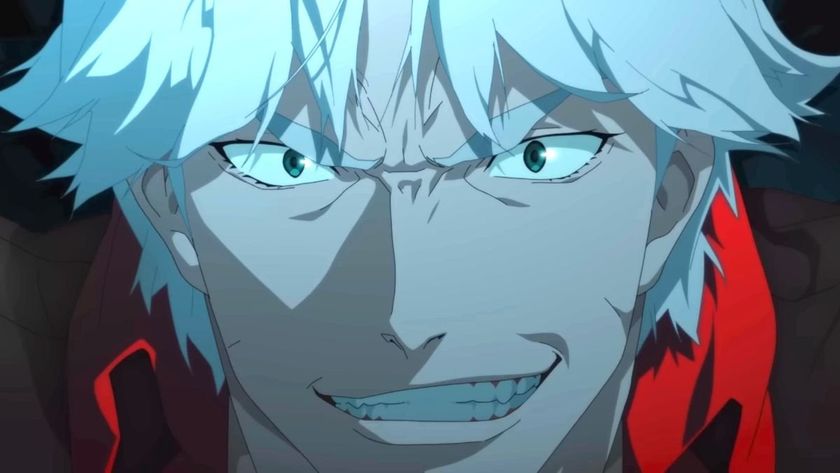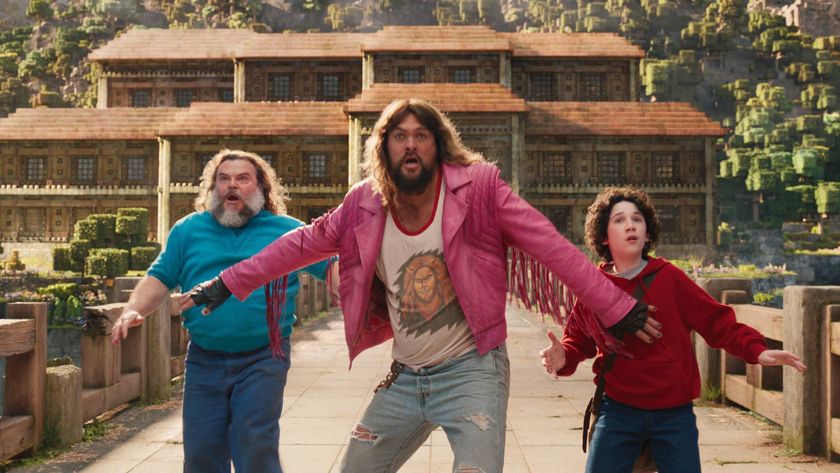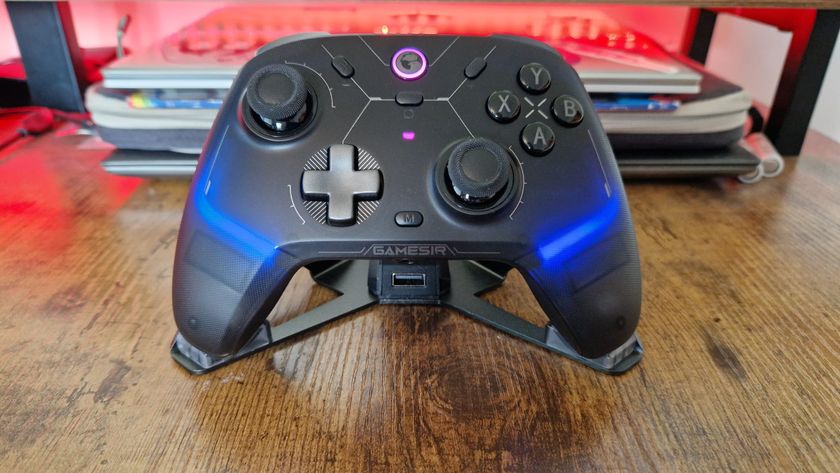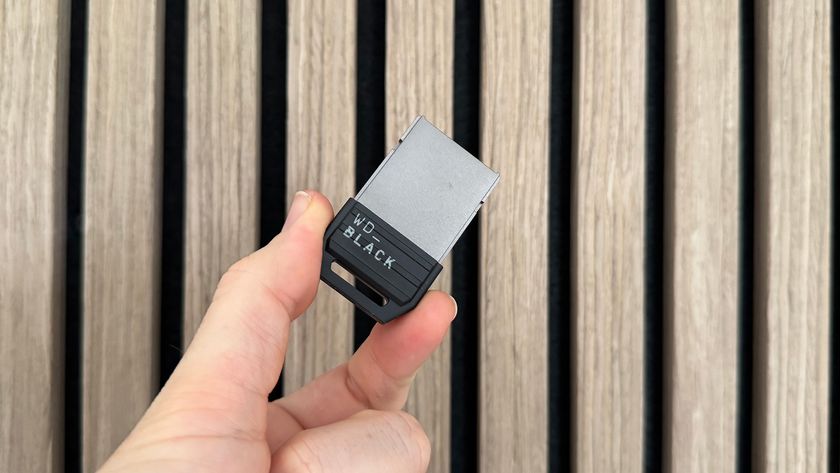12DOVE Verdict
Pros
- +
Absolutely huge in scope
- +
Fun
- +
unique combat
- +
Scary and tense in unexpected ways
Cons
- -
Slightly outstays its welcome
- -
Seriously problematic bugs
- -
Sometimes looks very ugly
Why you can trust 12DOVE
What a strange, difficult to classify game Dead Island is. It’s a zombie game. It’s first-person melee-focused. It’s in a tropical setting. It’s an RPG. Wait, what? Yes, I would classify Dead Island as an RPG. A first-person melee zombie survival-horror RPG, but an RPG nonetheless. You earn XP, build up skill trees, take quests from NPCs, and can even grind zombies to level up if you want. It’s enormous and lengthy – it took me over twenty-eight hours to complete and I didn’t even explore the entire world or do all the side-quests. It’s a sprawling, ambitious foray into trying to do something new with zombies, and it succeeds in being new, but its ambition also outstrips its execution. Dead Island is just a bit too big for its raggedy, rotten-flesh-smelling britches.
Above: A simple oar is a great early weapon because it has reach. You'll have to mind your stamina, though - heavier weapons use more stamina, and if you run out your attacks will be worthless
The setting is the sun-bleached resort island of Banoi, with a mysterious outbreak of zombism ruining everyone’s vacation. The initial tone is unusual and refreshing in its inherent contradiction: everything is beautiful and tranquil (and banal with its corny resort decorations), but danger oozes through the tranquility. Zombies aren’t exactly everywhere, at least in the traditional sense – there aren’t vast hordes of them like in Dead Rising. That’s because these zombies are not fodder for your machetes, baseball bats, and meat cleavers. Each one can deal significant damage and take plenty of it in turn, so a group of four zombies can put you in a world of hurt quickly. It means that when you’re traversing the peaceful resort you’ll be snapping your head around like a nervous deer at every moan and groan, and the zombies have a habit of hiding behind shrubbery until you’re right on top of them – a smart design element that circumvents the problem of a sunny setting revealing all before your eyes.
It will dawn on you early in the game that what you’re playing isn’t quite like anything you’ve played before. Sure, the game cobbles together ideas from numerous sources, but the whole feels new, and you always feel like you’re playing Dead Island rather than an imitator: it’s not just Left 4 Dead combined with Far Cry with a sprinkling of Dead Rising. While the basics of the melee combat may be reminiscent of The Chronicles of Riddick: Escape from Butcher Bay or the Condemned series, the rhythm and pacing of it doesn’t feel quite like those other games, and there are significant additions, like weapon throwing, which make the combat truly unlike what most games make boringly familiar.
One of Dead Island’s great strengths is that it wants to surprise you, but it’s patient – it’s not concerned with grabbing you and constantly shaking you with novelty, saying “Hey! Look at me! Pay attention to the millions of things I’m throwing at you!” Not that I don’t like rapid-fire ideas: Mario Galaxy is one of my favorite games of all time precisely because it never lets up with new things to show you. Dead Island just happens to understand the satisfaction of a slow burn. It also understands that surprises increase in effect when you’re first lulled into a state of familiarity. The game takes its sweet time letting you think you know what it plans for you, and then it changes dramatically. You’ll be sure you’re going to spend the whole game in a sunny beachside resort, but then the setting changes to something much darker and more threatening (which I won’t give away). The game also gradually surprises with its character progression.
Above: Guns do exist in Dead Island, but the ways in which you acquire them may surprise you
The four playable characters seem quite similar early on, but over time they diverge until each one feels very different. Sam B, the blunt weapons expert with the most health, has a plodding, crunching, in-your-face style that becomes increasingly gruesome and brutal until you’re one-shotting zombies with a swing of a sledgehammer and watching their heads explode in a wonderful shower red jelly and brains. Xian is the sharp weapons specialist, which means she’s agile and performs ridiculously rapid stabs with various knives, so if you like the idea of turning zombie faces into Swiss Cheese, she will be appealing. Purna is the firearms expert, and due to the game’s overarching design, she has the potential to change the most in her playstyle: for many hours you won’t come across a single gun, so you’ll have to rely on melee combat for quite a while and you’ll be wondering why the hell you picked a firearms expert in a game with no firearms. The beautiful thing is that later on, guns become plentiful, so if you play as Purna, the game will suddenly change from a melee combat game to a first-person shooter – but only if you want, because you can still use a combination of melee and firearms if you wish.
While I dabbled with all four characters, I played through the game as Logan, the throwing expert, because he sounded like a particularly unusual way to play a zombie game, and I wasn’t disappointed. I mean, have you ever played a first-person thrower? I sure haven’t, so it was a great change of pace from most games I normally play: I spent a huge portion of the game throwing axes, baseball bats, knives, sickles, and even katana swords at zombies. Throwing can actually be done by any character, and is an extremely powerful and important part of your arsenal of moves, but I’ll bet a lot of non-Logan players will probably forget to use the throw or not realize its potential. Keeping zombies at a distance has obvious benefits, but throws also don’t degrade weapons, which means if you don’t ever throw weapons, you’ll be repairing them a lot.
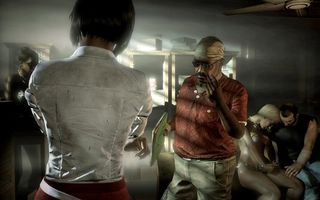
Above: Other survivors provide quests, and some of them have interesting, funny, or (almost) touching stories to tell
A character’s skill trees change how you play as you progress. At first, I couldn’t afford to throw weapons much because I only had a few weapons and after a few throws I’d be defenseless. Each character has three skill trees: Fury, Combat, and Survival. I chose to level up Survival first, and it allowed me to start throwing like a madman early on. I purchased skills that increased my inventory, giving me more stuff to throw, but I also got the Boomerang skill, which provides a percentage chance that any throw will return the weapon to your hand. After a while, I could literally make 20-30 throws in a row before I ran out of weapons. It was hilarious after beating a Thug zombie, which takes boatloads of damage, and manually pulling out ten swords from the corpse’s face. I really enjoyed the throwing gameplay – it’s slower and more methodical than playing a shooter, it has risks (you have to pick up the weapons and even have to track them down in the environment if you miss), and it has a beautiful chunkiness to the feel, especially when you land critical hits and the game goes all slo-mo while a zombie crumples and spurts blood.
More info
| Genre | Action |
| Description | Dead Rising meets Left 4 Dead. With added suncream. |
| Platform | "PS3","Xbox 360","PC" |
| US censor rating | "Mature","Mature","Mature" |
| UK censor rating | "18+","18+","18+" |
| Release date | 1 January 1970 (US), 1 January 1970 (UK) |
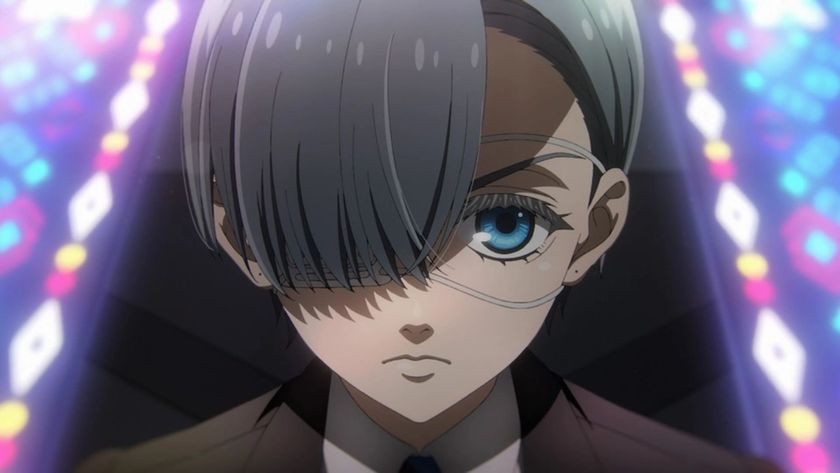
Black Butler Emerald Witch Arc release schedule – when is episode 1 on Crunchyroll?
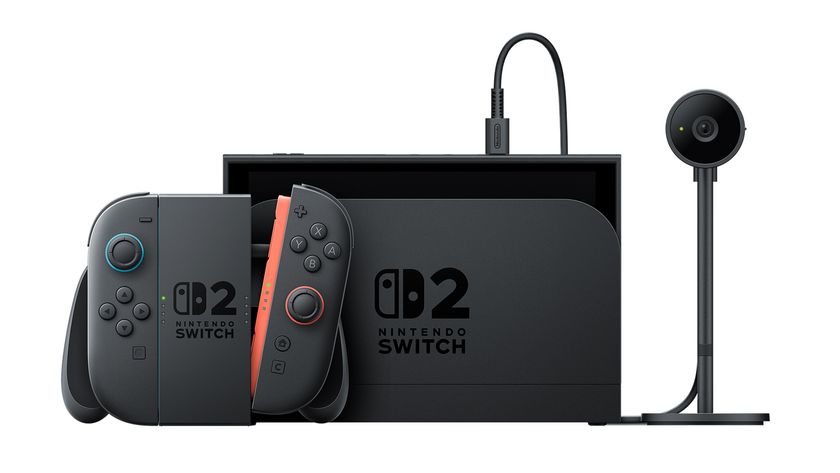
Nintendo says Switch 2's Discord-like GameChat is a "defining feature" of the new console that was partially shaped by Zelda: Breath of the Wild and a cult puzzle game

Switch 2's producer made requests "in great detail and great amounts" to make sure the eShop is as good as the Wii Shop Channel


